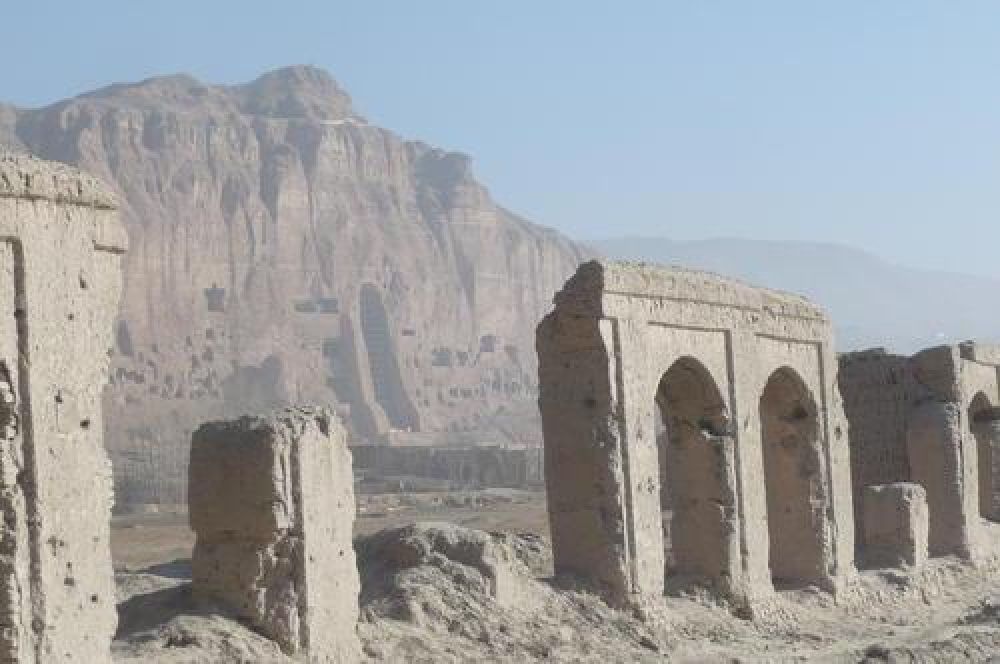In addition to the Kakrak Valley, the Bamyan region offers several attractions for tourists, when safe to visit, including the Buddha niches, where the giant statues once stood, various caves with remnants of wall paintings, the Band-e-Amir National Park known for its stunning natural blue lakes, and the cultural landscape of the Silk Road.

